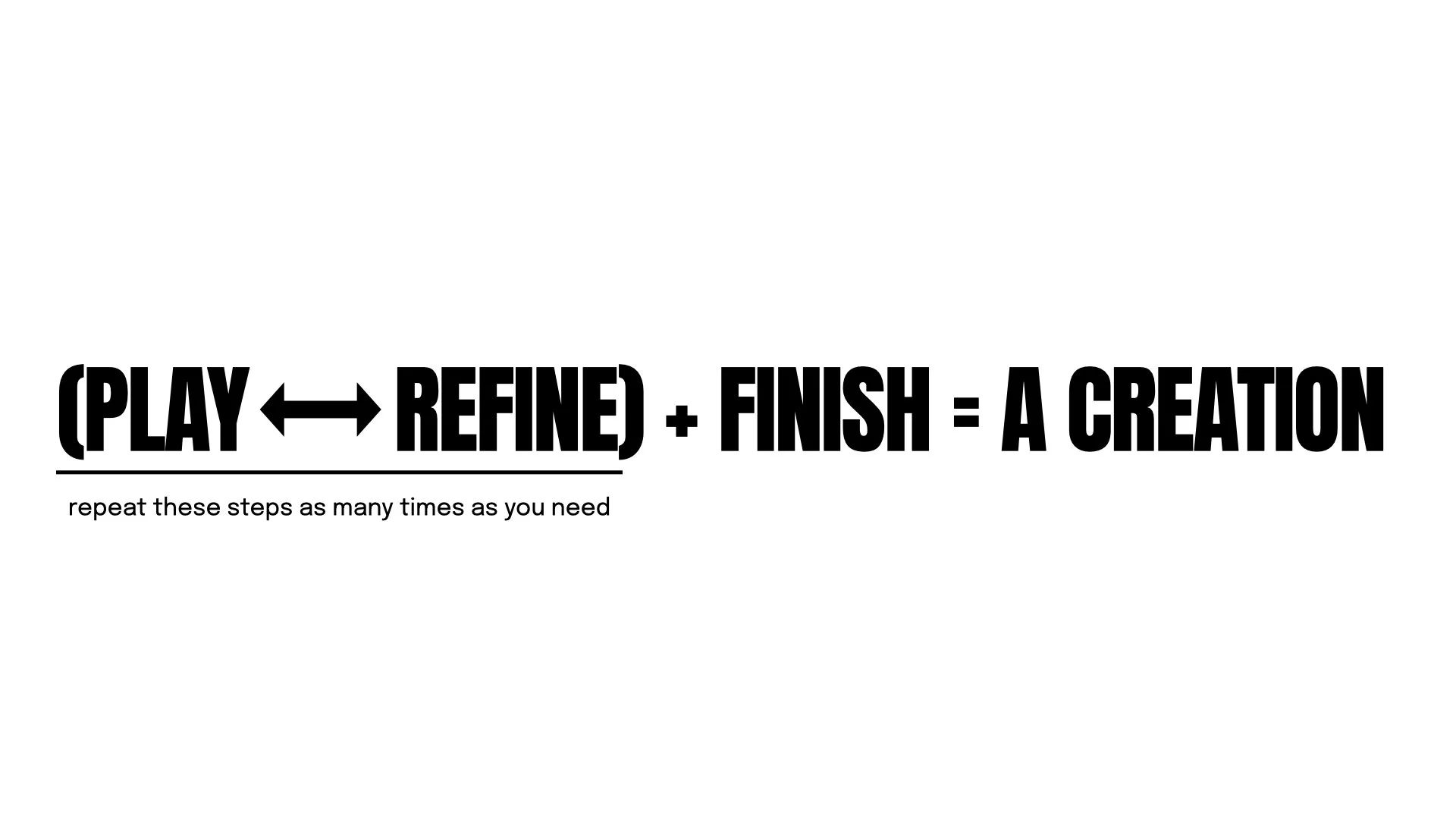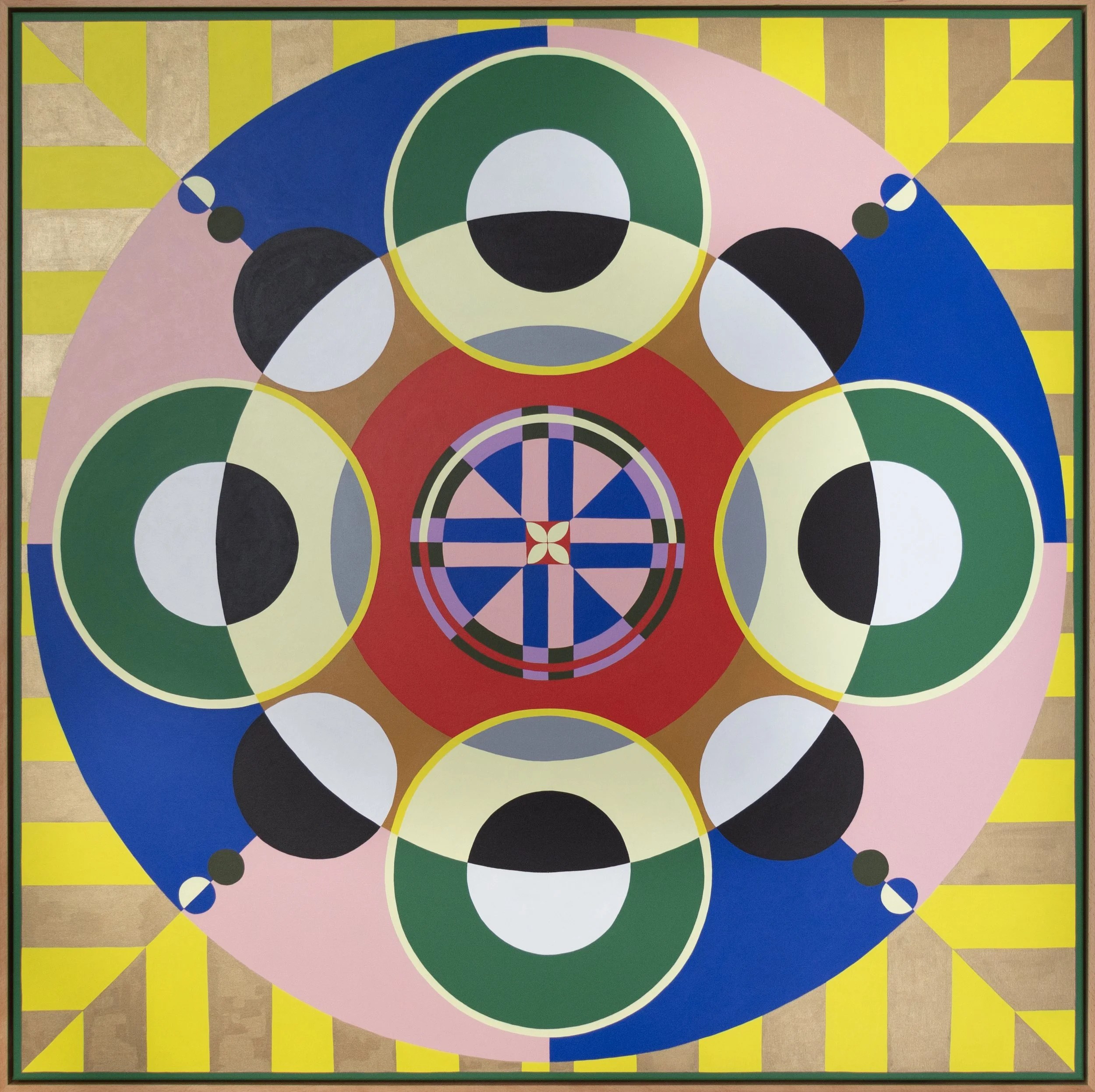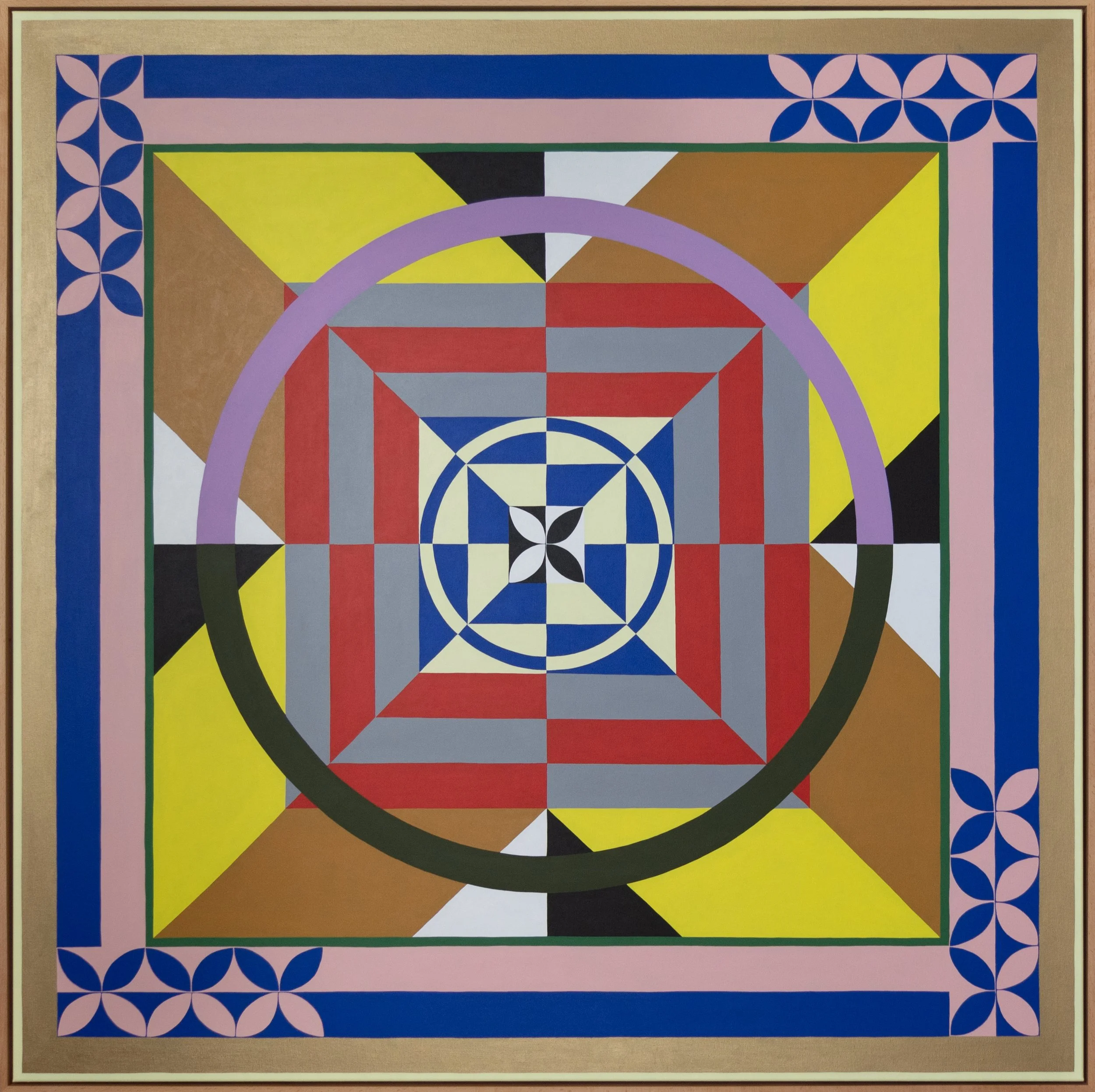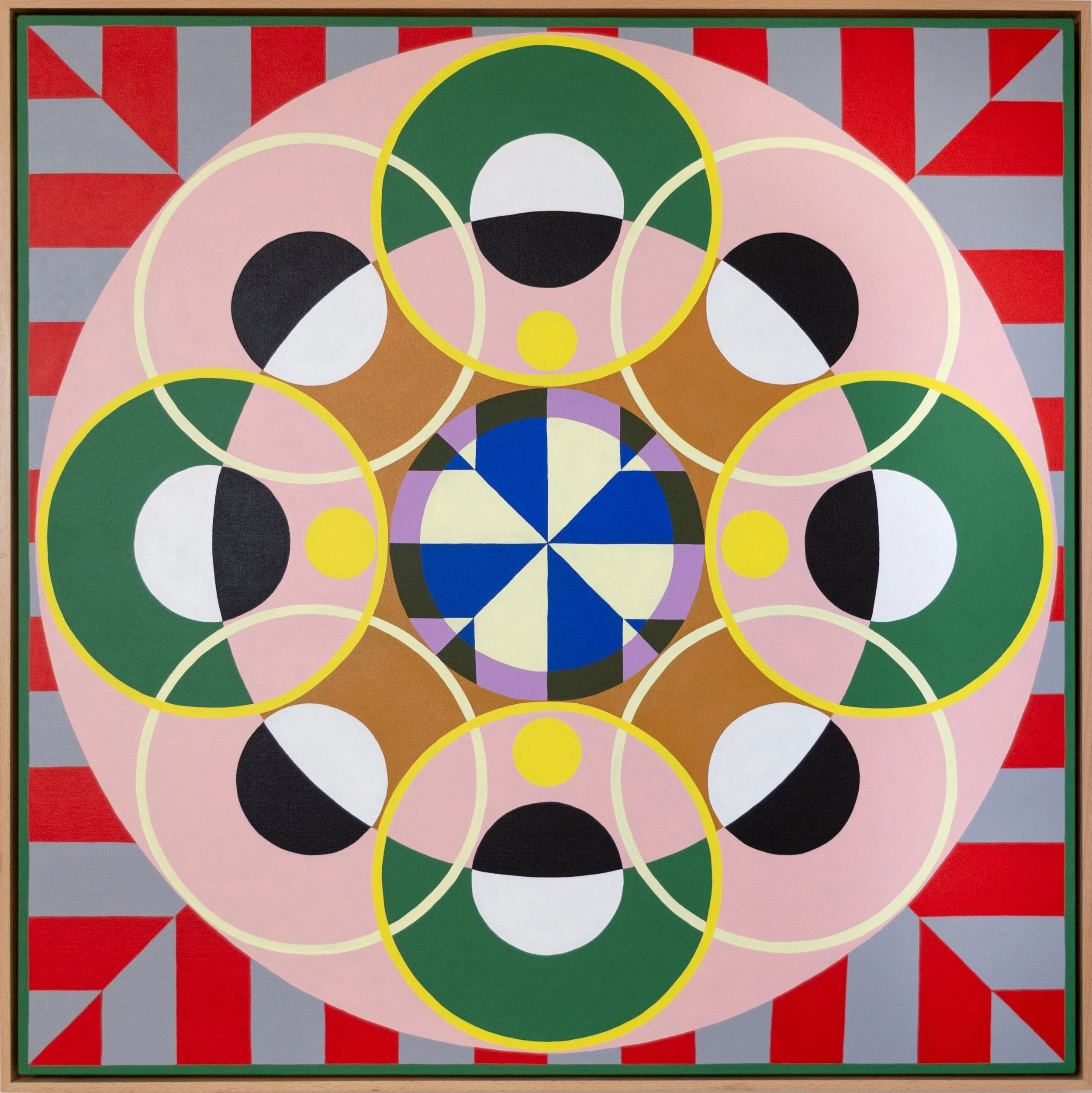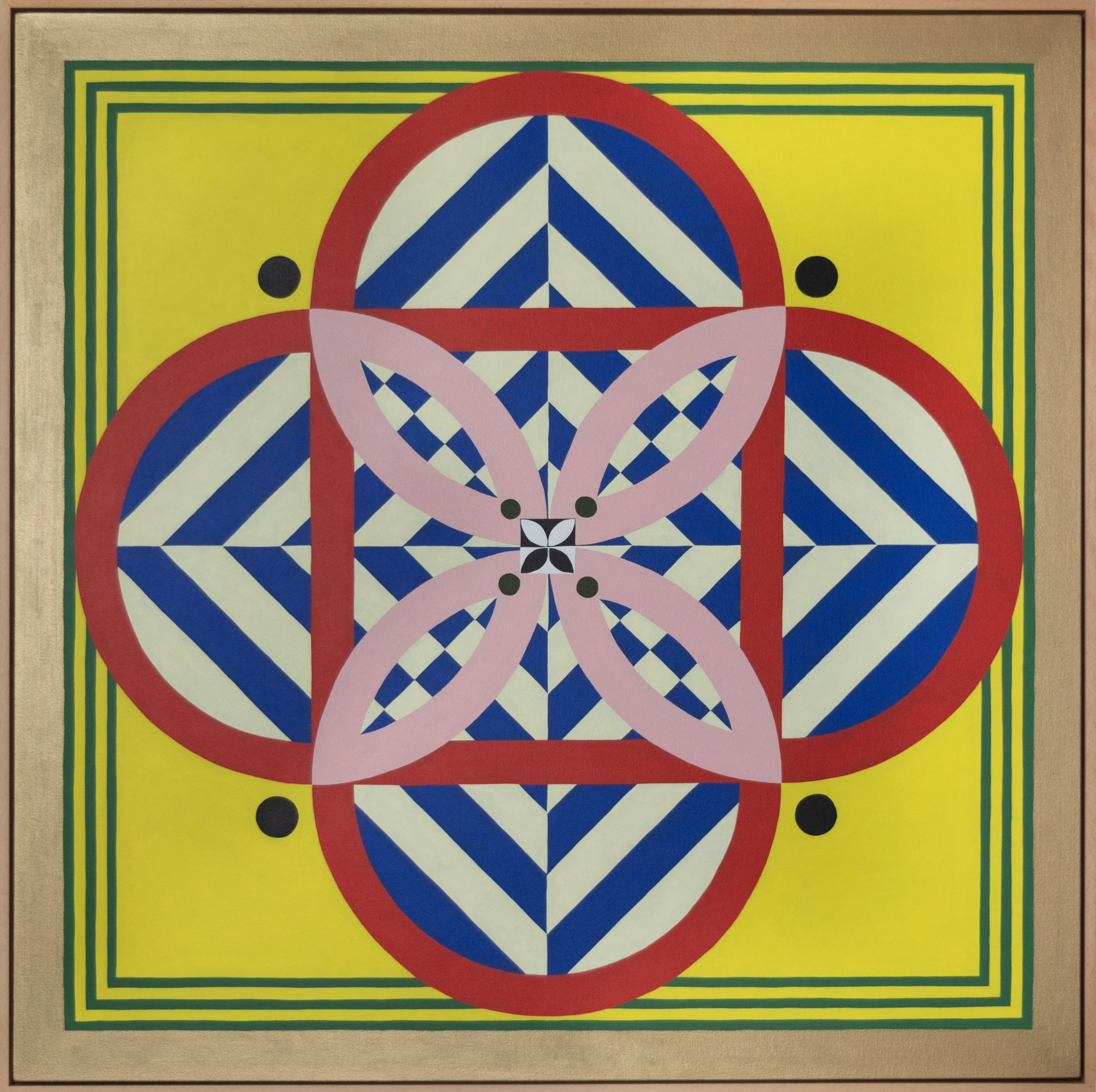is my work creative?
Welcome to the second Renaissance Lab newsletter/blog! If you missed the first instalment on my go-to creativity tool — lowering the stakes – you can read it here.
One of the joys of starting Renaissance Lab is getting to have conversations with all sorts of people about creativity at work.
One of the biggest questions that comes up is:
Is my work creative?
The short answer is – yes. We’re all solving problems, building relationships, creating experiences, producing things, and so on.
And yet most of us feel disconnected in some way from our creativity.
In this post I want to offer a way of thinking about creativity and how we can develop it in order to feel more creatively alive at work.
My thesis: Connecting to our creativity has less to do with what we’re creating, and more to do with how engaged we feel in the creative process itself.
Let’s dive in.
What is creativity?
I think about creativity as the act of bringing into being what doesn’t yet exist. That is, to create things — and I mean things in the broadest sense, tangible and intangible.
The cultural mystique around creativity can make us feel like it’s more complicated than that, but it doesn’t need to be. I much prefer to keep it simple.
At this point I actually wrote a whole essay on the idea that creativity requires some additional degree of novelty or originality – and why I don’t buy that or find it particularly helpful. But I’ll come back to that in a future post!
For now, let’s think about creativity as simply the act of creation – something we all do, and a part of our nature as human beings.
What do we create at work?
One of the reasons we might feel like our work isn’t creative is that it can be tricky to identify what we’re creating.
Most of us aren’t accustomed to using the language of creativity in the context of our professional lives. And even for artists, it can be difficult to spot creativity at work outside our specific art practice.
But all sorts of things that we do everyday are acts of creation.
Some things we might be bringing into being in our work include:
Relationships – with colleagues, clients, communities, patients
Ideas / approaches / strategies – when we’re working on solving problems
Physical things – papers, reports, resources, emails, plans, slides
Experiences – giving lectures or talks, facilitating meetings, bringing people together
Engaging in the creative process
While it can help to identify what we’re creating, the real juice is in how present and engaged we feel in the creative process itself.
Last week I introduced my working model of the creative process:
I’ve made a version of this available to download in the Renaissance Lab Library, if you’d like to keep a copy handy.
Stage 1 is Play – where we lower the stakes and go fishing for ideas (this is how the filmmaker David Lynch described it, which I love). We tap into our imaginations and open ourselves up to new connections.
Stage 2 is Refine – where we take a promising idea and work on it. We structure it, develop it and test it out.
We can move back and forth between Play and Refine as many times as we need – although we’d expect to spend more time playing at the start, and more time refining as we near completion.
Stage 3 is Finish – this is when we call it done, or done for now. Finishing the creative cycle might mean we release our creation into the world, or simply call time on it and put it aside. Success and failure are equally valid results!
Working with the creative process
The more we can focus on the creative process itself — naming it, tracking our movement through it, identifying points of friction – the more creatively alive we feel. And the more likely we are to ultimately create things we’re proud of.
Here are some examples of friction we might encounter at different stages in the creative process, and ways to work with it:
If we’ve brainstormed endlessly but can’t move forward – we might have found ourselves rudderless in the Play stage. In that case, we could ask:
How could I pick one of these ideas and test it out? We can always come back and play some more, but what would it look like to try refining one idea?
If we find ourselves polishing an idea that isn’t quite hitting the mark or feels undercooked – we could be in premature Refinement. We might need to jump back into Play and ask:
What are some other ways I could approach this question? How could I come at it from a different direction? What if we switched up this component/idea/assumption?
Conversely, if we’ve been back and forth a thousand times and are struggling to get a project over the line – we might be in endless Refinement. This is often a big one for artists, but it can affect anyone. In that case, we could ask:
What do I need to bring this project / creative cycle to a close? How can I draw a line under this work, finish it and move on?
If we’re feeling stuck, exhausted, under pressure, or in hyper-delivery mode – we might have found ourselves on overdrive in the Finish stage. In that case, we could ask:
How can I lower the stakes and create a bit of space to play, to allow my mind to make different connections and go fishing for new ideas?
Putting it into practice
No matter where we find ourselves, we are creating things all the time. So yes — your work is creative. And we can feel more creatively alive in our work by getting curious about the creative process itself.
A great way into this inquiry is by asking: where am I at in the creative process right now, and where do I need to be? I use this all the time in my coaching work, in my art practice, in my business – really everywhere.
You could also map it onto processes you’re already involved in or familiar with – like a project management framework or policy cycle. Or it might provide a useful lens on parts of your work or life that could use a different perspective.
When we focus in on the creative process we’re cultivating the ability to orient ourselves while we’re using our creativity – observing where we are and working with the process in a way that helps us feel freer and more engaged.
Play around with it and let me know how you go – I’d love to hear from you. Get in touch at hello@kateyesberg.com.
If you’re interested in working together, you can learn more about my coaching work here or get in touch at hello@kateyesberg.com. You can also sign up for our first Renaissance Lab event, Doodle Cafe, launching early 2026.
Studio Life
If you’re really just here for the art, look no further!
Fortune II continues at the Turner Centre in Kerikeri this week. A full view of the exhibition is available here.
In other incredibly exciting news, I spent this week tidying my painting studio! I’ve also been making drawings and sketches, playing around with ideas for the next group of paintings.
On the music front: we had a great gig at Meow over the weekend supporting Same Name Confusion. If you’re new to Love Party, the best way to listen and support us is over on Bandcamp, where you’ll find our debut album WOW! and lots of cool band merch.
Creative power to you.
Kate x
